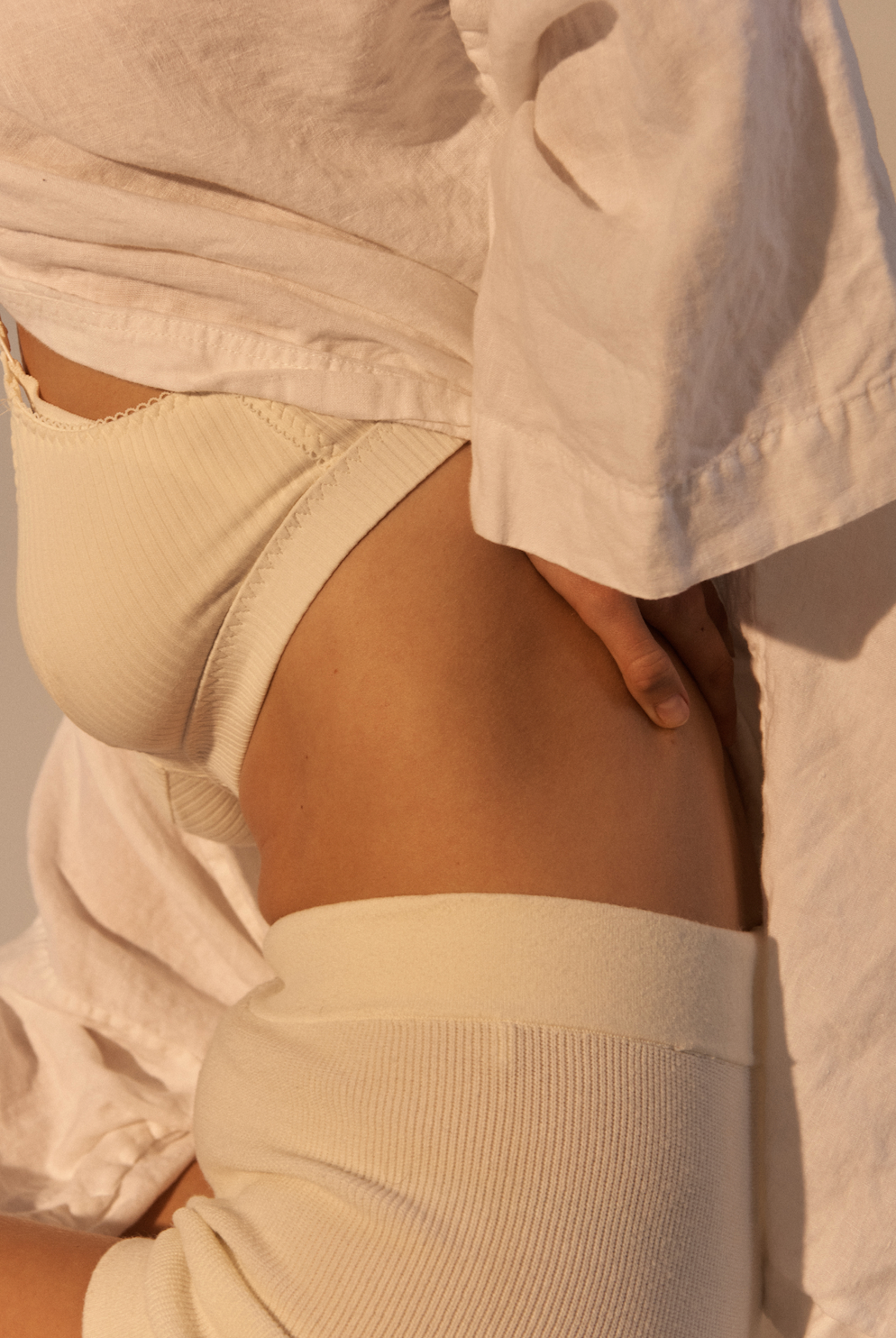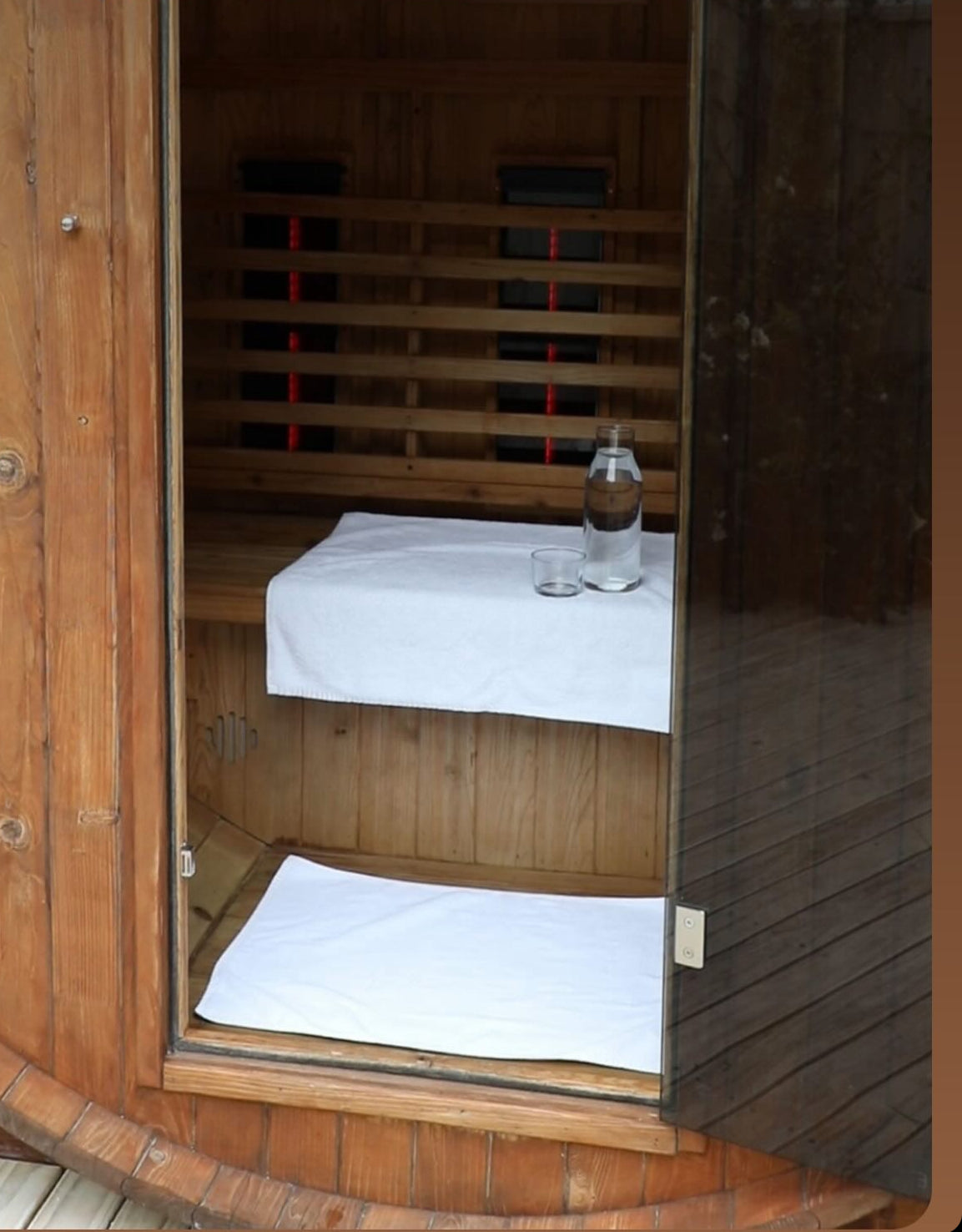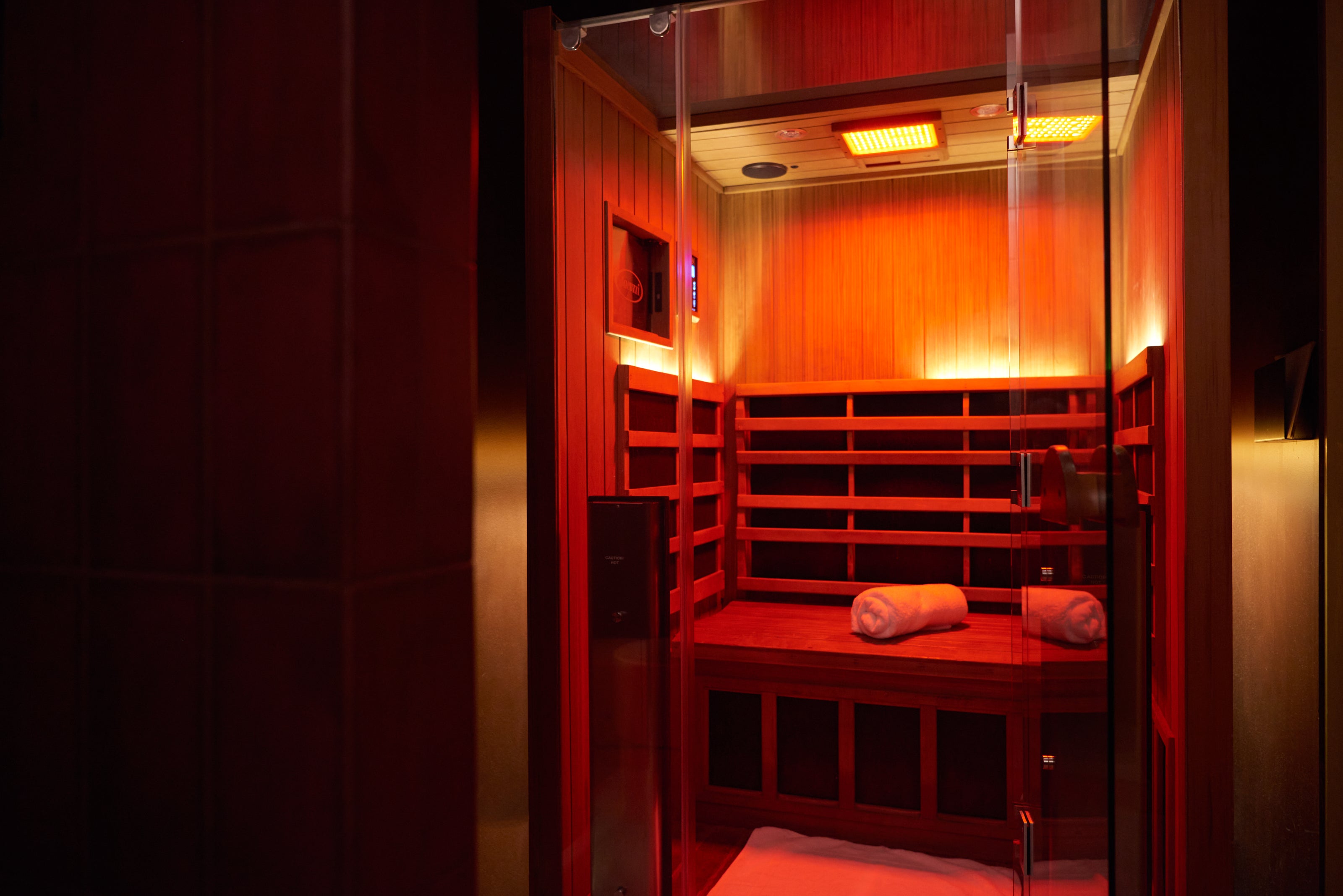Shivering After an Ice Bath: What It Means, Why It Happens, and How to Manage It
Have you been thinking if shivering is good for you when you ice bath?
Taking an ice bath is an invigorating experience that has gained massive popularity in the health and wellness space. From athletes to biohackers, cold therapy has become a go-to practice for recovery, resilience, and overall well-being. However, one common reaction to ice baths that often leaves people questioning their experience is shivering. If you've ever found yourself trembling uncontrollably after stepping out of an ice bath, you might be wondering—Is this good or bad? Should I stay in the water if I start shivering? How long should I shiver? And most importantly, how can I safely warm up afterwards?
Let’s break it all down.
Why Do We Shiver After an Ice Bath?
Shivering is a natural physiological response to cold exposure. When your body temperature drops, your nervous system kicks into gear, triggering involuntary muscle contractions (shivering) to generate heat and bring your core temperature back to normal. This process, known as thermogenesis, helps protect vital organs from excessive cooling.
During an ice bath, your skin and extremities lose heat rapidly, and as you exit the cold water, your body works hard to regulate itself. Shivering is essentially your body’s built-in furnace trying to heat you up.

The Positives of Shivering
While shivering is often perceived as uncomfortable or even alarming, it actually has several benefits:
-
Increased Metabolic Rate – Shivering forces your muscles to contract repeatedly, which increases calorie burning and metabolic activity. This can enhance fat loss and support metabolic health.
-
Improved Heat Production – The body’s natural response helps restore internal temperature efficiently without external heat sources.
-
Activation of Brown Fat – Cold exposure stimulates brown adipose tissue (BAT), a special type of fat that helps generate heat. Over time, regular cold exposure (including controlled shivering) can make your body more adept at regulating temperature in cold environments.
-
Hormetic Stress Adaptation – Shivering is a form of controlled stress that encourages resilience. When you expose yourself to cold therapy regularly, your body learns to adapt, making you more cold-tolerant over time.
The Downsides of Shivering
Despite the benefits, excessive or prolonged shivering can be counterproductive and even dangerous in some cases:
-
Discomfort and Energy Depletion – Shivering is a high-energy process that can be draining, particularly after a cold exposure session.
-
Potential for Hypothermia – If shivering persists for too long, it could indicate that your body is struggling to rewarm itself efficiently. In extreme cases, prolonged shivering may lead to a dangerous drop in core temperature.
-
Delayed Recovery – While ice baths are typically used to aid recovery, excessive shivering might contribute to added stress on the nervous system, potentially counteracting the benefits of cold therapy.
Should You Stay in the Ice Bath If You Start Shivering?
The answer depends on the goal of your cold exposure. If you begin to shiver while still in the ice bath, it is generally a sign that your body has reached its cold tolerance limit. Most experts recommend exiting the ice bath once shivering begins, as staying in longer can lead to an excessive drop in body temperature, making rewarming more difficult.
If you're intentionally using shivering as a metabolic stimulus (such as for brown fat activation), you might allow mild shivering to occur before getting out. However, for general recovery and nervous system balance, it’s best to exit the water when you first start to shiver.
How Long Should You Shiver?
Shivering for a short period after an ice bath is completely normal. Most people will shiver for a few minutes as their body warms up. However, if you find yourself shivering uncontrollably for longer than 15-20 minutes after getting out of the cold, it might be a sign that your body is struggling to reheat efficiently.
In that case, it's essential to take steps to warm up safely.
How to Warm Up Safely After an Ice Bath
To bring your body temperature back to normal safely and efficiently, follow these steps:
-
Layer Up Smartly – Put on dry, warm clothes immediately after exiting the ice bath. Focus on covering your core and extremities (hands, feet, head) to prevent further heat loss.
-
Engage in Light Movement – Gentle exercises like bodyweight squats, arm swings, or even a brisk walk can generate heat internally without shocking your system.
-
Controlled Breathing – Deep, diaphragmatic breathing can help regulate your nervous system and promote heat production. The Wim Hof Method, for example, incorporates breathwork that can assist in rewarming post-cold exposure.
-
Hydrate with a Warm Drink – Consuming a warm (not scalding) beverage like herbal tea or hot water with lemon can help elevate your core temperature without overwhelming your system.
-
Use External Heat Wisely – While it might be tempting to jump into a hot shower or sauna immediately, this can sometimes lead to dizziness or excessive vasodilation. Instead, gradually warm up with layers, movement, and warm fluids before exposing yourself to intense heat.
-
Embrace the Shiver – Instead of resisting, allow mild shivering to happen naturally. Your body will regulate itself effectively as long as you are in a safe environment.
Final Thoughts: Embracing Shivering as Part of the Process
Shivering after an ice bath is a completely normal response and can even be beneficial when managed correctly. It indicates that your body is doing what it’s designed to do—regulating its internal temperature efficiently. However, if shivering becomes excessive or prolonged, it's a sign that your cold exposure may have been too intense, or that you need to warm up more effectively.
By understanding why shivering happens and how to handle it properly, you can maximize the benefits of cold therapy while minimizing any potential risks. The key is to listen to your body, exit the ice bath at the right time, and follow safe rewarming strategies. Over time, with consistent practice, your body will adapt, and you may even find yourself shivering less as your cold tolerance improves.
So, the next time you step out of an ice bath and feel your muscles trembling, know that it’s all part of the process—an ancient, natural mechanism designed to keep you strong, resilient, and thriving. Visit one of our studios at NIMBUS CO, and give an ice bath a try yourself.
Words: Neil O'Sullivan, co-founder, NIMBUS CO









